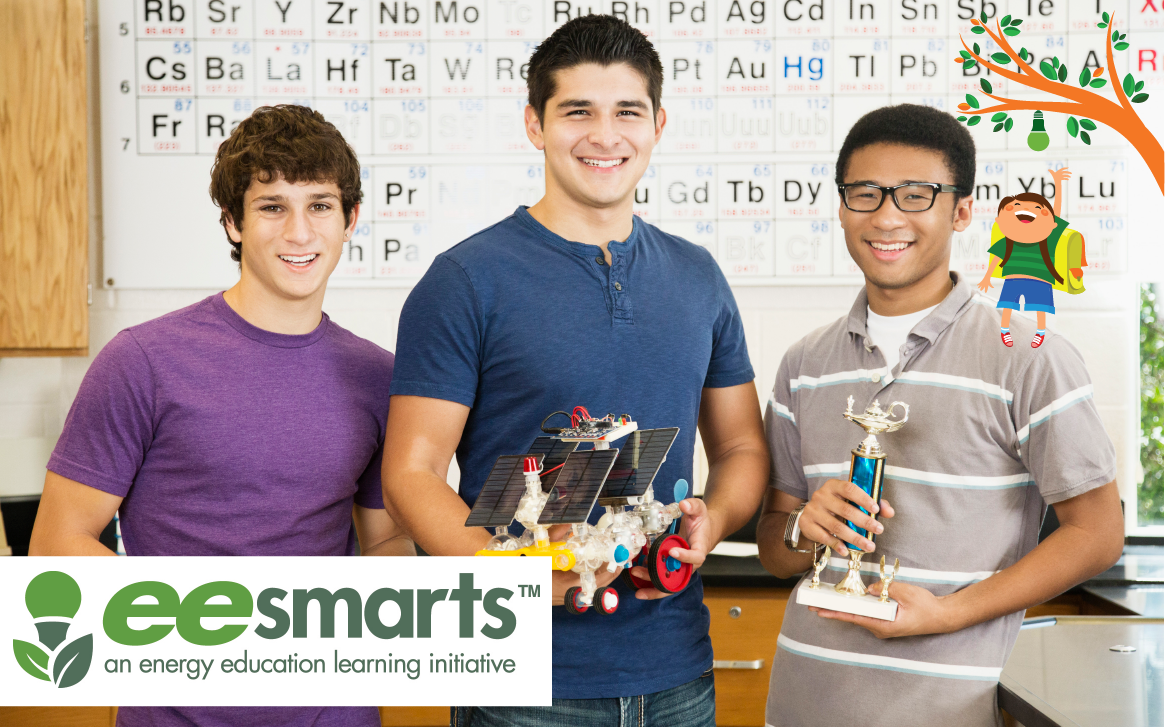Each eesmarts lesson features materials for students, hands-on activities, detailed teacher lesson plans, extensions, and evaluation tools. The lessons are flexible and interdisciplinary and they fit seamlessly into any class curriculum or in afterschool programs too.
For our high school/secondary level students there are a variety of lessons and activities designed to support learning about energy. Check out these favorites below:
Secondary Energy Infobook
Secondary Energy Infobook Activities
Secondary Science of Energy
Baseload Balance
Energy Jeopardy
Energy Night Live
Energy Games and Icebreakers
Great Energy Debate Game
Mission Possible
Energy Conservation Contract
School Energy Managers
Reliably Smart
Managing Home Energy Use
Energy House
Exploring Climate Science
Energy Careers Excursion
For all high school/secondary curriculum: https://shop.need.org/collections/secondary-guides
And for selected curriculum in Spanish: https://www.need.org/resources/spanish/




